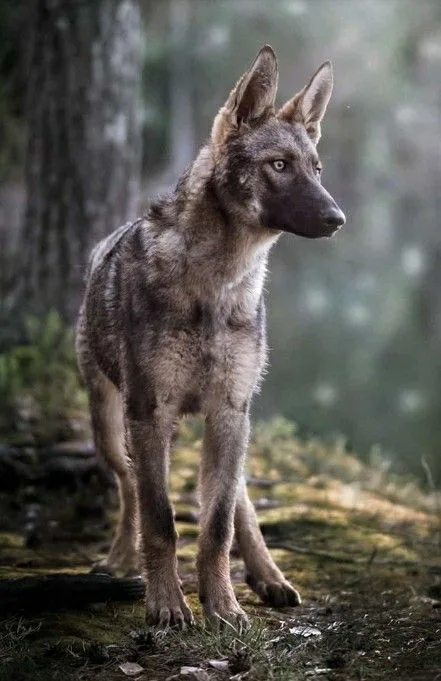The White Swiss Shepherd
In 1913, Berno von der Seewiese was born, the first white German Shepherd registered in the studbook. The white German Shepherd was then excluded from the breed standard in 1933 and was recognized as a distinct breed by the F.C.I in 2002 under the name White Swiss Shepherd.
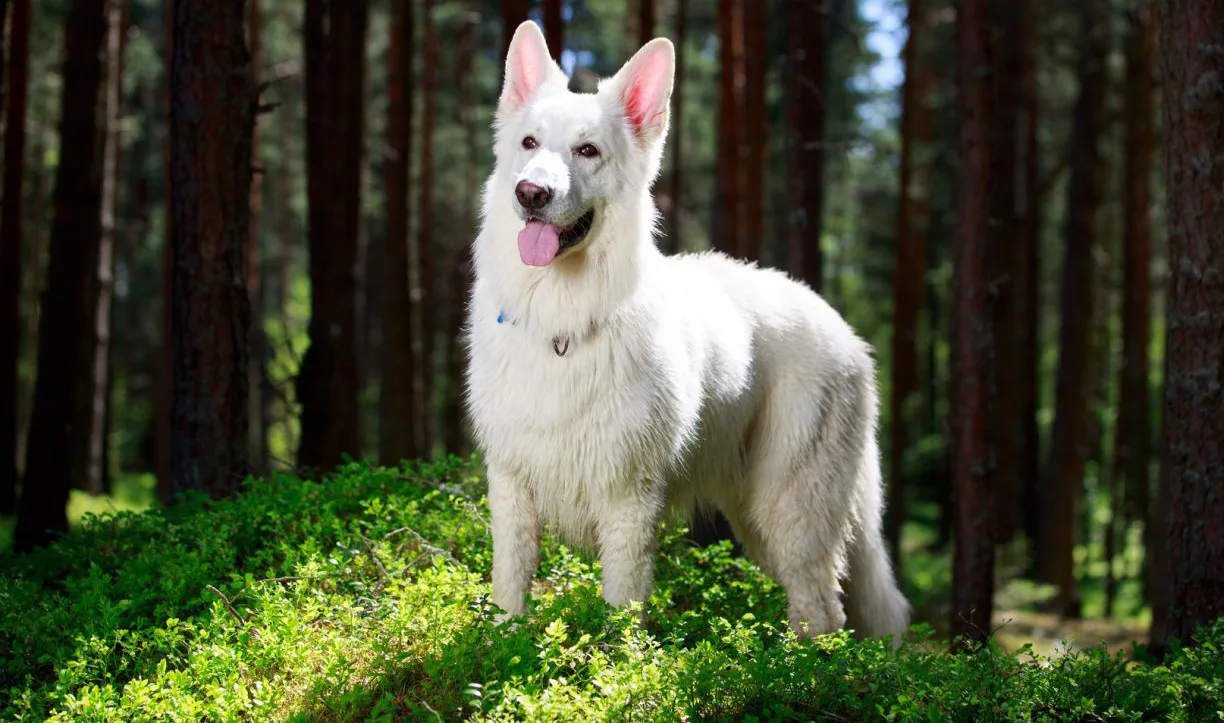
The Altdeutscher Schäferhund
Literally "Old German Shepherd Dog," the Altdeutscher Schäferhund is characterized by its straight back, abundant undercoat, and multiple coat colors. Selective breeding has helped consolidate the Altdeutscher Schäferhund’s constitution and health through the introduction of East German (DDR) bloodlines. It is currently not recognized by the F.C.I.
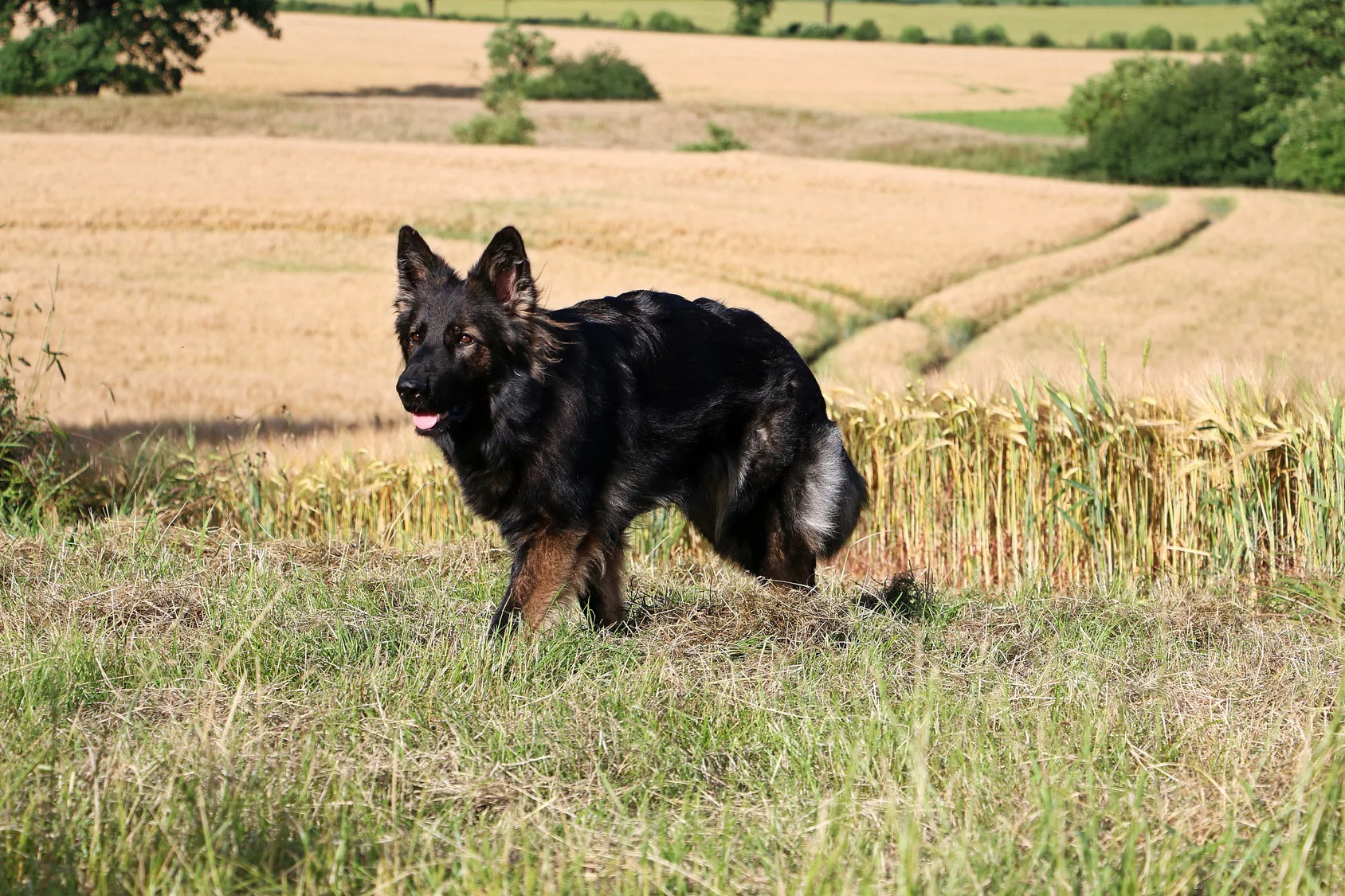
The East German Shepherd
The East German Shepherd (DDR German Shepherd) is more than a distant cousin; it comes from a lineage of German Shepherds developed by the German Democratic Republic (GDR) between 1949 and 1990. Intended solely for military purposes, this German Shepherd underwent strictly controlled selection. Strong and athletic, with a massive head and long straight back, it could climb, track, and endure extreme physical conditions during border patrols and the Berlin Wall duties.
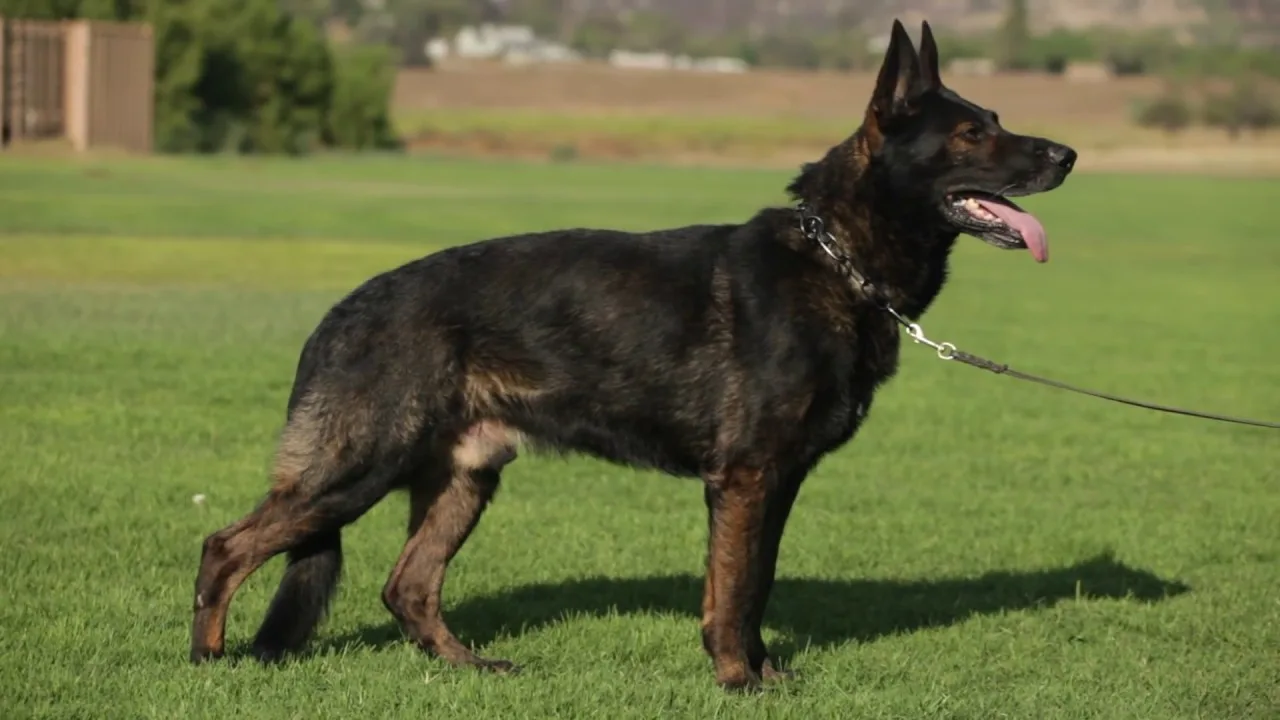
The Shiloh Shepherd
Created in the 1980s in the USA, the Shiloh Shepherd is much larger and heavier than the standard German Shepherd. Bred from German Shepherds, Alaskan Malamutes, and Sarplaninacs to increase size, a male can reach up to 60 kilograms.

The Panda Shepherd
The Panda Shepherd's coloration originates from a spontaneous genetic mutation, first identified in 2000 in a female named Lewcinka’s Franka von Phenom, born in the United States. Despite its unusual white markings, DNA tests confirmed that Franka was not crossbred with other breeds. However, this color variation is not recognized by major breed clubs, such as the American Kennel Club (AKC) or the Fédération Cynologique Internationale (FCI).
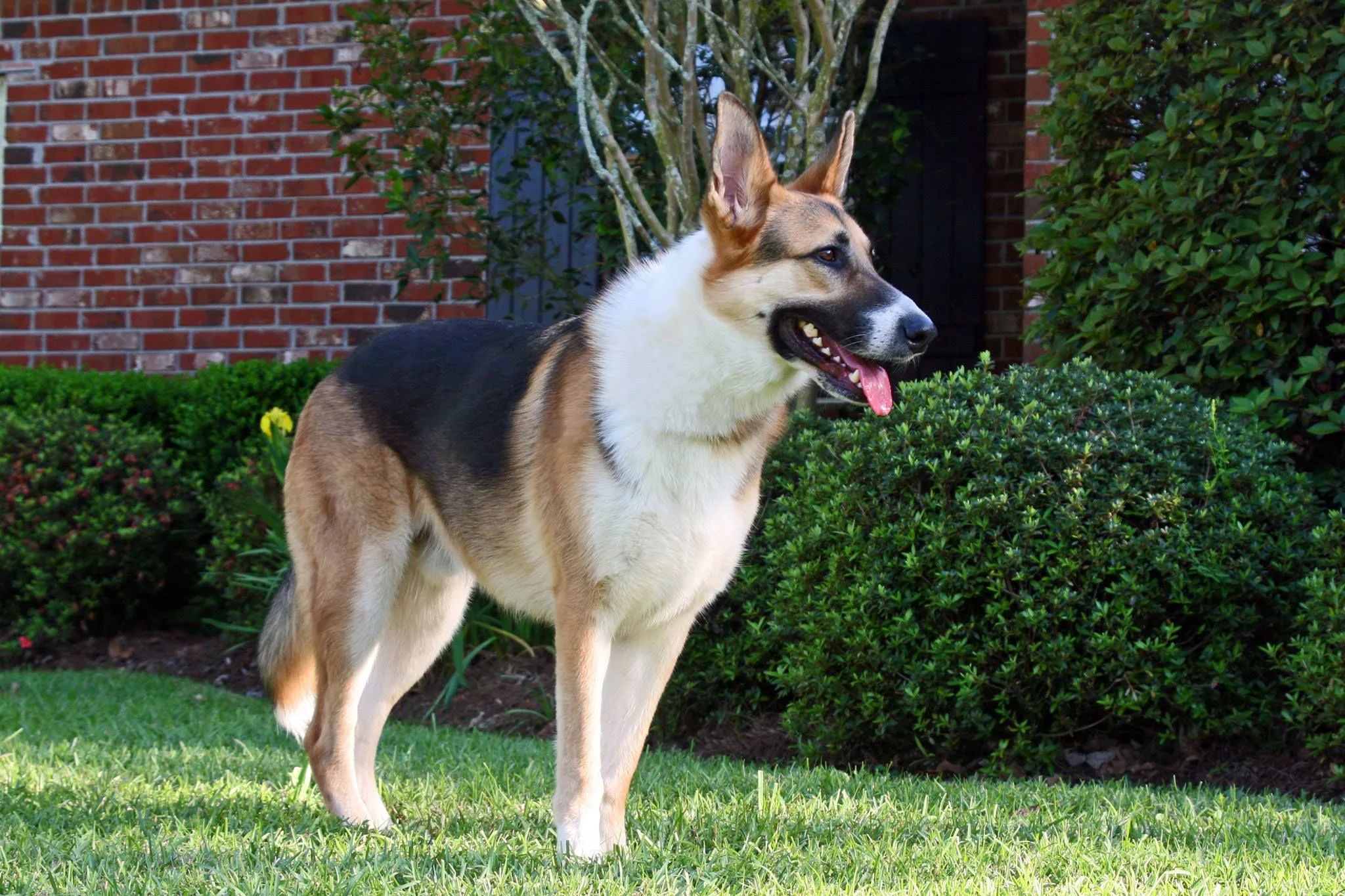
The Kunming Dog
The Kunming Dog was created in the 1950s in China for utilitarian purposes. It results from crosses of different breeds, some of unknown origin, with the German Shepherd. Recognized as a distinct breed in 1988 by China, the Kunming Dog is lighter than the standard German Shepherd, with a maximum weight of 38kg, and is primarily used by the Chinese police and military.
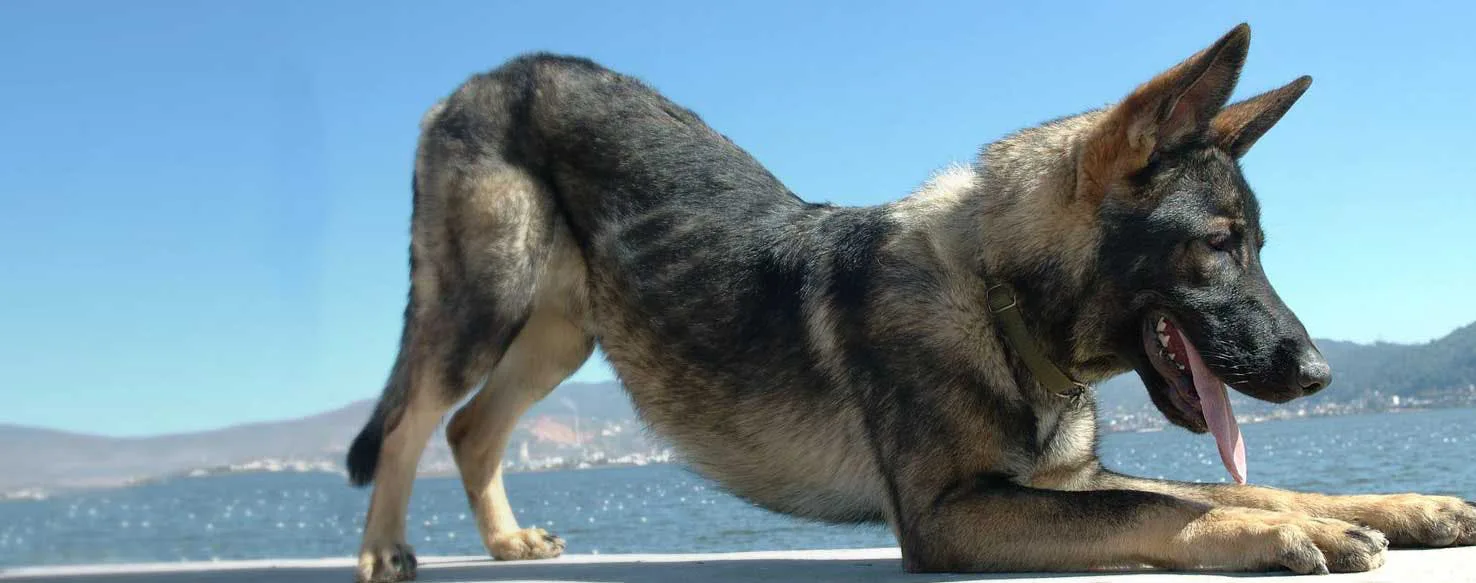
The American Tundra Shepherd Dog
A cross between wolves and German Shepherds, the American Tundra Shepherd was the result of an experiment conducted by the U.S. military in the 1960s to create a breed with superior capabilities for military purposes.
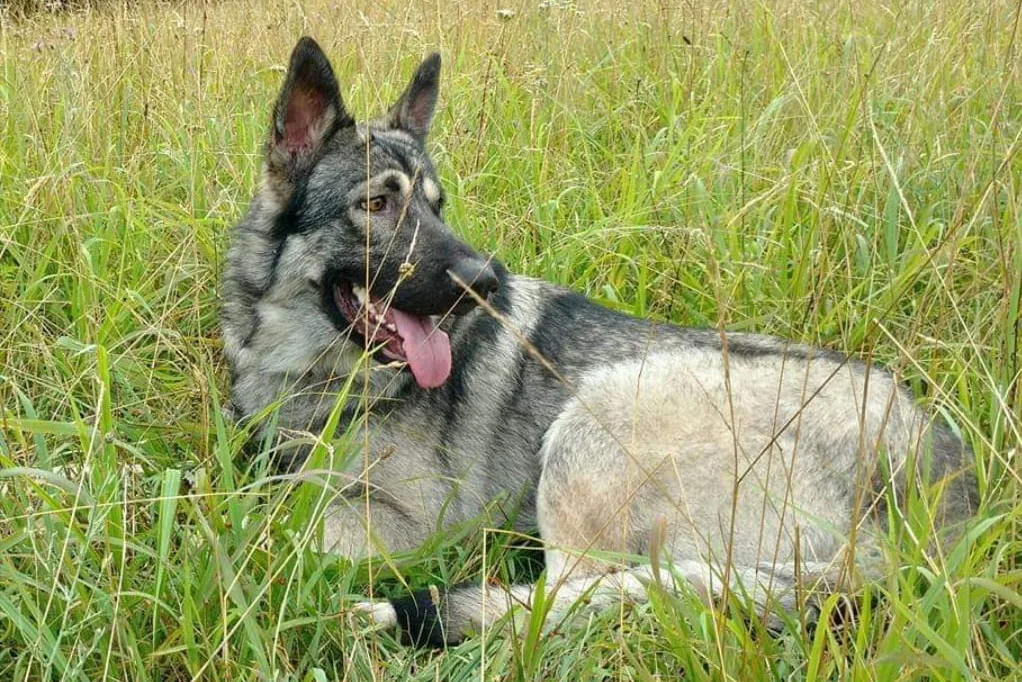
The East European Shepherd
Developed from German Shepherds crossed with various Russian breeds to increase cold resistance, the East European Shepherd was created in the 1930s for service in the Soviet army.

The Czechoslovakian Wolfdog
In the 1950s, German Shepherds were crossed with Carpathian wolves in Czechoslovakia by the military to create a physically stronger and more resilient dog. The last cross between a female wolf and a German Shepherd occurred in 1983, and the breed was officially recognized by the F.C.I in 1994.

The Saarloos Wolfdog
Created by a Dutch breeder in the 1930s to produce a superior dog by combining German Shepherd traits with those of wolves, the Saarloos Wolfdog was further developed over the following decades through litters containing German Shepherd and Canadian Timber Wolf blood. The breed was recognized by the F.C.I in 1977.
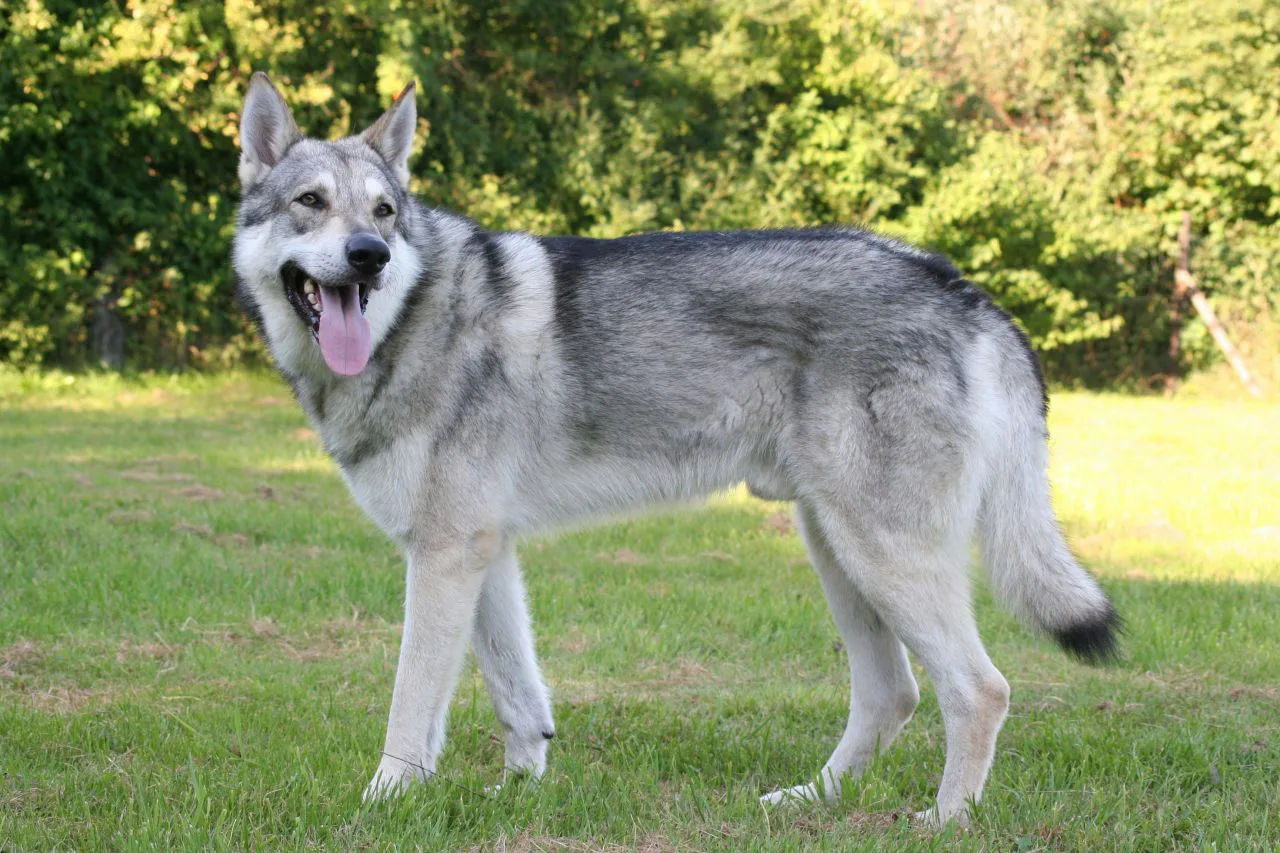
The Utonagan
The Utonagan is a cross between the German Shepherd, Malamute, and Siberian Husky. Bred exclusively in England, the purpose of this cross was not to create a more capable shepherd but to produce a wolf-like appearance without adding wolf blood.
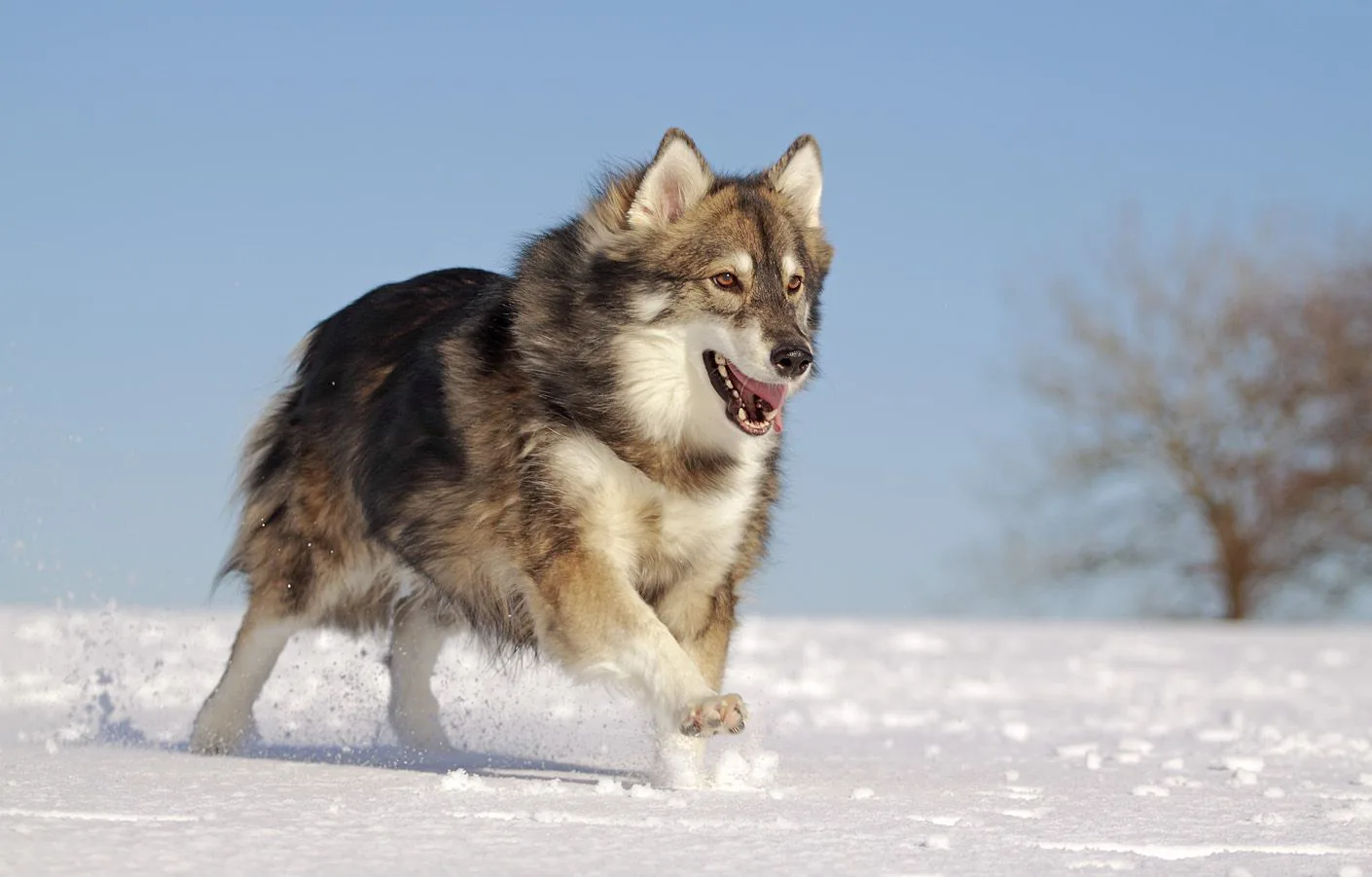
The Lupo Italiano
This breed, created in 1966 from a cross between a German Shepherd and a female wolf from the Upper Lazio region in Italy, is intended solely for rescue and emergency services.
